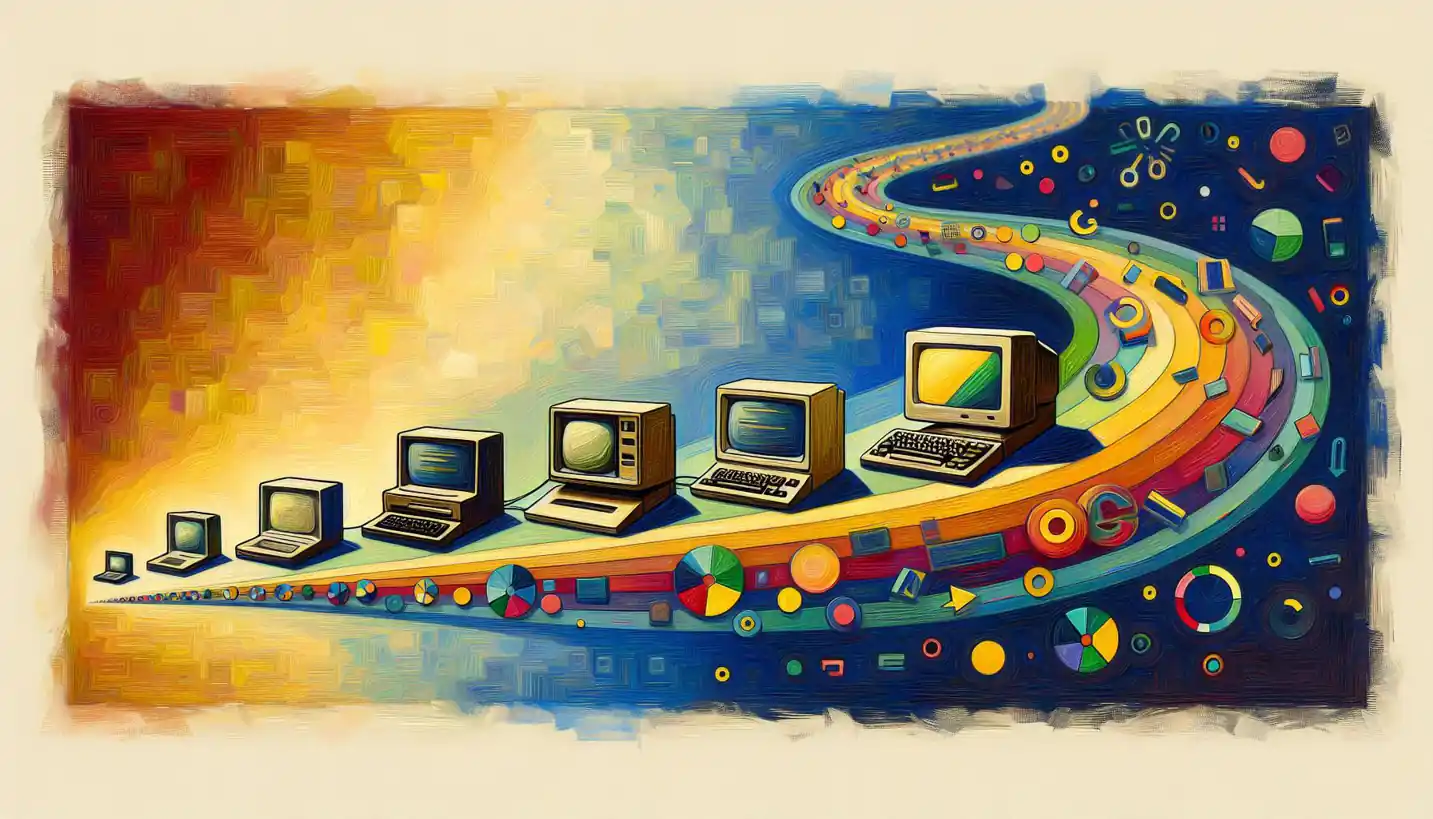· Computer Science · 4 min read
Sharding: Unlocking the Power of Database Systems
Sharding divides large databases into smaller, manageable parts for efficiency. Learn how this technique boosts performance and scales with growing data needs.

In the world of computer science, databases are like the brain of many applications, storing and managing all the data. But what happens when these brains get overloaded with too much information? One fascinating solution is called sharding. Let’s dive into this topic and see how it all works.
What is Sharding?
Think about a library. Normally, a library contains thousands of books, all organized neatly so you can find what you need. But imagine if every book was stuffed inside a single, massive bookshelf. It would take forever to find anything! Instead, libraries use multiple bookshelves and categorize books by genre or author. This is similar to how sharding works.
In database systems, sharding is the process of breaking up a large database into smaller, more manageable pieces called “shards.” Each shard is like a mini-database that holds only a portion of the data. This makes it much easier and faster to find and manage information because you’re dealing with smaller chunks instead of one enormous whole.
Why Sharding Matters
As applications grow, the amount of data they handle can explode. Big corporations like Facebook or Amazon manage mind-boggling amounts of information every second. Without a system like sharding, these data requests could bottleneck, leading to slow performance and unhappy users.
Sharding is crucial because it helps maintain speed and efficiency. By dividing the database into shards, multiple servers can handle requests simultaneously, ensuring that data retrieval is quick and seamless. It’s like having several librarians help you find books instead of just one overwhelmed person.
How Sharding Works
Let’s break it down. Sharding involves dividing a larger database into smaller tables, which are then distributed across different servers. But how do you decide which data goes where? This is where things get interesting.
Sharding can be based on different strategies. A popular method is key-based sharding. Imagine you have a huge table of customer data. Instead of storing all that in one place, you might split it according to customer IDs. Customers with IDs 1-1000 go in one shard, 1001-2000 in another, and so on. This way, you can quickly route requests to the specific server that holds the data you need.
Challenges of Sharding
While sharding is incredibly useful, it’s not without its challenges. One major concern is the complexity of managing multiple shards. Each shard needs to be properly maintained and synchronized. If one shard goes down, you risk losing access to important data.
Moreover, deciding on a sharding strategy requires careful planning. Once you implement a sharding scheme, changing it later can be a massive headache. It’s important to consider data distribution and access patterns from the get-go.
Real-World Examples
Companies with vast amounts of data often use sharding to keep things running smoothly. For instance, Google, with its search engine, needs to process billions of queries daily. Utilizing sharding ensures that each server only deals with a fraction of these requests, keeping everything fast and responsive.
Social media platforms like Twitter also rely on sharding. With millions of tweets buzzing around every second, sharding helps manage this torrent of information effectively, allowing users to access and post content without lag.
Sharding vs. Partitioning
You might wonder, isn’t sharding just another term for partitioning? While they are similar, there’s a slight difference. Partitioning often refers to dividing data inside a single database server, while sharding involves distributing data across multiple servers. Think of partitioning as splitting a pizza to serve at one table, while sharding is like dividing it among several tables scattered across a restaurant.
The Future of Sharding
As technology continues to advance, the need for efficient data management solutions like sharding will only grow. Cloud computing and big data analytics are pushing the boundaries of what databases can handle, making sharding an essential tool for scalability.
Developers and database administrators will continue to innovate, finding new ways to optimize sharding strategies. The goal is to make databases smarter, faster, and more efficient while minimizing complexity.
Conclusion
Sharding is a powerful technique that helps manage enormous amounts of data by breaking up databases into smaller, more efficient pieces. Though it poses some challenges, its benefits in scalability and performance are undeniable.
As data continues to grow at an unprecedented rate, understanding how systems like sharding work becomes crucial. It’s a fascinating glimpse into the inner workings of technology that keeps our digital world spinning smoothly. Whether you’re building the next social media giant or managing business data, sharding is a concept worth knowing about—it’s how modern database systems unlock their full potential.



